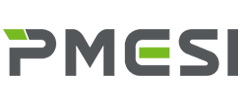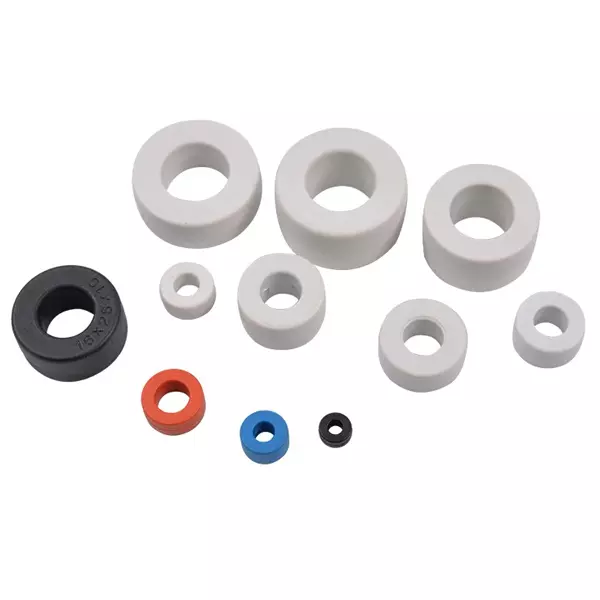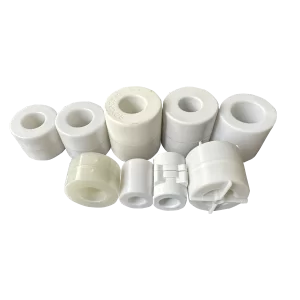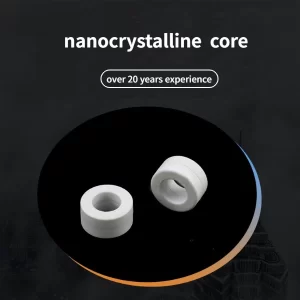With the increasing EMC requirements across various industries, traditional ferrite materials are no longer sufficient. A new type of inductor, known as a nanocrystalline magnetic core, has been widely incorporated into many EMC improvement solutions.
So, what exactly is a nanocrystalline core?
Most nanocrystalline cores available on the market are made from a soft magnetic alloy called iron-based nanocrystalline alloy. These cores exhibit excellent high-frequency characteristics, lower coercivity, and reduced losses. The manufacturing process involves mixing iron, silicon, boron, copper, and niobium in fixed proportions, heating the mixture to 1400 degrees Celsius, and rapidly cooling it to create a ribbon-shaped material. The ribbon is then wound into a circular magnetic core and undergoes heat treatment to crystallize, resulting in favorable soft magnetic properties. Nanocrystalline cores are extensively used in household air conditioners, rail transportation, solar power, wind power, and other fields.
The material’s crystalline structure is at the nanoscale, hence it is commonly referred to as nanocrystalline. Being a new material, it has been associated with different names.
Let’s briefly explain the distinctions between these terms.
Ultrafine-crystalline: This term is synonymous with nanocrystalline and was initially used to describe crystal sizes smaller than micrometers.
1K101: It is a national standard material code composed of iron, silicon, and boron. It is commonly employed in power-frequency transformers.
1K107: It is another national standard material code belonging to the iron-silicon-boron-copper-niobium series. It exhibits excellent performance in high-frequency applications and is mainly used as a common-mode inductor.
Amorphous: In strict terms, the ribbon material is in an amorphous state before undergoing heat treatment. However, in China, the term “amorphous” typically refers to the amorphous material with the 1K101 material code, which consists of iron, silicon, and boron.
Large amorphous/small amorphous: Large amorphous refers to the 1K101 ribbon material, with a focus on its width. On the other hand, small amorphous refers to 1K107.
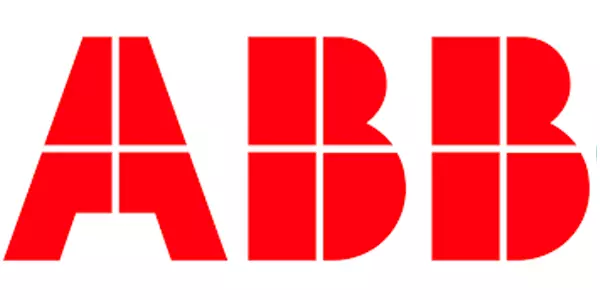
This new type of amorphous material encompasses various formulation systems, including iron-based, cobalt-based, and nickel-based formulation
